Midjourney vs. Leonardo AI: A Comprehensive Comparison Guide
Updated on
Among the myriad of AI art generators available today, two platforms stand out for their unique features and capabilities: Midjourney and Leonardo AI. Both platforms have carved out their niches in the AI art community, each offering distinct advantages and catering to different user needs.
Midjourney is renowned for its ability to produce vibrant, high-quality images with minimal input. It operates through a Discord-based interface, making it accessible and easy to use for beginners and experienced users alike. Midjourney's focus on generating visually striking and dynamic art pieces has made it a favorite among those looking to create eye-catching and imaginative works.
On the other hand, Leonardo AI is built on the foundation of stable diffusion, offering a versatile and highly customizable experience. It provides users with the tools to train their own models, adjust various parameters, and fine-tune their creations to achieve specific artistic styles. Leonardo AI's broader application extends beyond just art generation, making it a valuable asset for game developers, designers, and professionals seeking high-resolution outputs for their projects.
In this blog post, we will delve into a detailed comparison of Midjourney and Leonardo AI, examining their features, performance, pricing, and more. By the end, you'll have a comprehensive understanding of what each platform offers and which one might be the best fit for your creative needs.
Now let's get started.
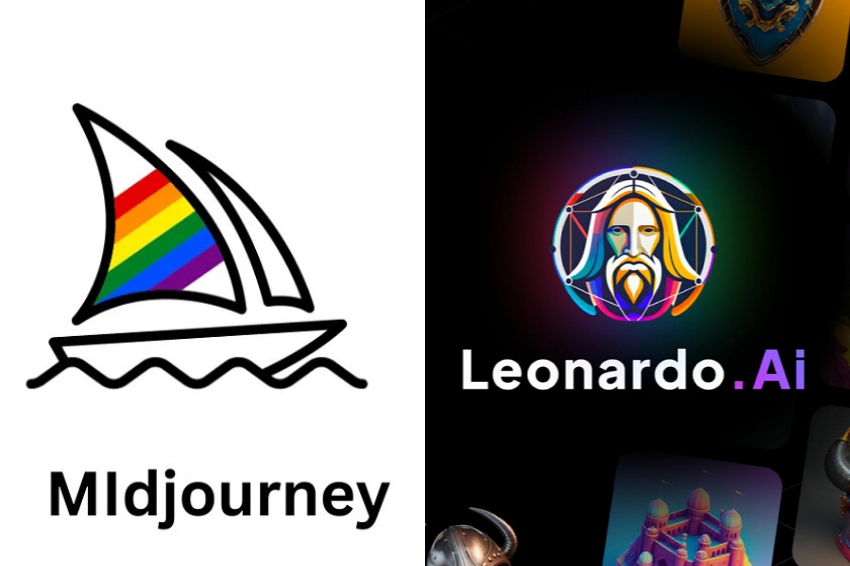
Midjourney vs. Leonardo AI: User Interface and Experience
Midjourney operates primarily through a Discord-based interface, which can be both a strength and a limitation.

For users familiar with Discord, this setup can be intuitive and straightforward, allowing them to generate images by simply typing text prompts into a chat. However, for those unfamiliar with Discord, this can present a hurdle, as it requires learning how to navigate and use the platform effectively.
The reliance on Discord means that users interact with the AI through a chat-based interface, which can be convenient for those already using Discord but may be less accessible for new users. The platform is designed with simplicity in mind, making it an excellent choice for beginners. Users can quickly generate high-quality images without needing to delve into complex settings or customization options.
However, to see the images created, users need to use the Midjourney App, which can be seen as an additional step compared to more integrated platforms.
Midjourney boasts an active and vibrant community on Discord. This community is a valuable resource for users, providing a space to share creations, exchange ideas, and seek help. The collaborative environment fosters a sense of belonging and support, which is particularly beneficial for those new to AI art generation.
Leonardo AI offers a more traditional and integrated user interface, which is generally considered more user-friendly and accessible. The platform consolidates all functionalities into a single interface, making it easier for users to manage their projects and access various features without switching between different tools or applications.
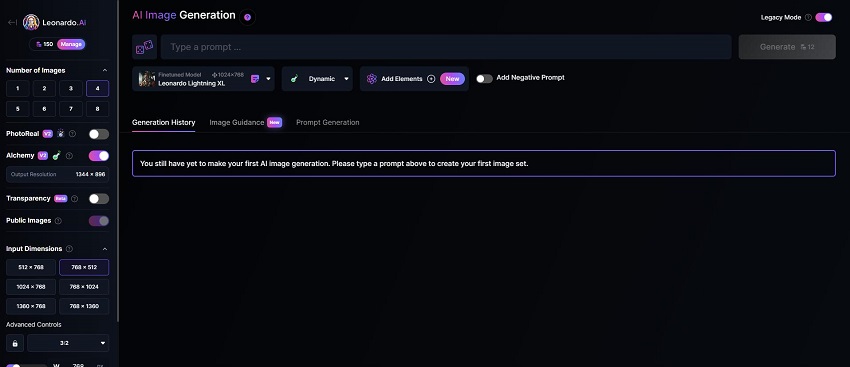
Leonardo AI provides a dedicated visual interface that integrates all features and tools in one place, making it easier for users to navigate and use advanced features without needing to switch between different platforms or applications.
The platform offers extensive customization options, allowing users to train their own models, adjust various parameters, and fine-tune their creations. While this provides greater control and flexibility, it can also result in a steeper learning curve for beginners.
The interface is designed to be visually appealing and intuitive, making it easier for users to understand and utilize the platform's capabilities. This design prioritizes functionality and ease of use, enhancing the overall user experience.
Leonardo AI also has a strong community presence, with over 1 million members across various platforms. This community provides a space for users to share their creations, access a library of royalty-free images, and collaborate on projects. The sense of community support is crucial for users looking to refine their skills and get feedback on their work.
Midjourney vs. Leonardo AI: Features and Customization
Midjourney is renowned for its ability to transform text descriptions into high-quality images, offering a wide range of stylistic outputs from realistic to abstract.
One of the standout features of Midjourney is its versatile style generation, allowing users to create images in various styles, including realistic, surreal, and abstract. This versatility makes it suitable for a wide range of creative projects.
Additionally, users have extensive control over image size, aspect ratio, and resolution, allowing for tailored outputs that meet specific needs. This includes the ability to upscale the first-generated images up to 4X higher resolution,at the same time ensuring detailed and professional-quality visuals.

Midjourney also offers an outpainting feature, called Pan, enabling users to expand beyond the original edges of images, creating larger and more complex compositions.
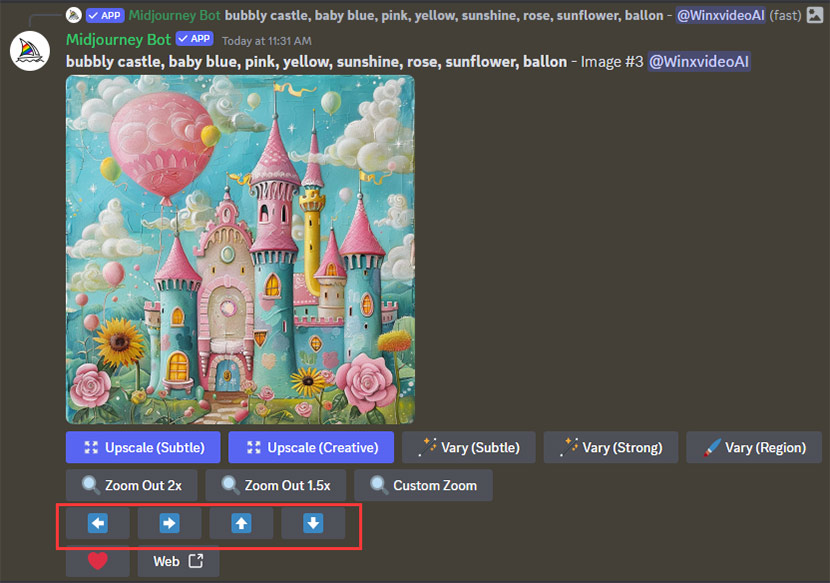
While Midjourney does not offer the option to train custom models, it provides an extensive library of pre-trained models that can produce stunning visuals based on user prompts. These existing models are versatile and cater to a wide range of artistic requirements.
Leonardo AI excels in providing advanced customization options and a highly versatile user experience. It is designed to cater to a broader range of applications beyond just art generation, making it a valuable tool for game developers, designers, and professionals.
One of the notable features of Leonardo AI is the ability to train custom models using personalized data sets. This allows users to tailor the AI to their specific artistic style and needs, enhancing the relevance and customization of generated images.

Leonardo AI also offers a variety of pre-tuned models, each with its own strengths and weaknesses. For example, the diffusion model is excellent for creating high-contrast images, while the paper art style algorithm produces beautiful artwork.
The platform includes an AI Canvas, a versatile workspace that allows users to create and manipulate images, providing a comprehensive toolset for artists. The AI Canvas supports various artistic techniques and styles, making it a powerful feature for creative professionals.
Leonardo AI also includes tools for organizing and utilizing datasets for training the AI, ensuring precise and consistent outputs. This feature is particularly useful for users who need to maintain a uniform style across multiple projects.
Additionally, the platform makes it easy to share creations with the community or on social media, fostering collaboration and feedback. This feature is essential for artists looking to showcase their work and engage with other creatives.
Leonardo AI also includes a prompt generation tool to help users build more complete and creative prompts, which can be particularly helpful for those who are new to AI art generation or looking to expand their creative horizons.
Midjourney vs. Leonardo AI: Performance and Output Quality
Midjourney is widely acclaimed for its ability to generate high-quality, visually striking images with remarkable detail and artistic flair. The platform's output consistently exhibits a level of craftsmanship and attention to detail that sets it apart from many other AI art generators.
Midjourney's images often possess a surreal, dreamlike quality that lends them a unique and captivating aesthetic. While the platform excels in producing vibrant, imaginative artwork, it is also capable of rendering highly realistic and lifelike visuals when prompted appropriately.
In terms of performance, Midjourney is known for its efficiency and speed. The platform's advanced algorithms and optimized processing capabilities allow it to generate complex and detailed images relatively quickly, even with intricate prompts. This responsiveness is a significant advantage, particularly for users who require a streamlined creative workflow or need to iterate through multiple concepts rapidly.
However, it's important to note that higher quality settings may result in longer processing times, as the AI dedicates more computational resources to refining the details and nuances of the output.
Leonardo AI, on the other hand, prioritizes customization and versatility over raw performance. While it may not match Midjourney's speed or consistency in generating high-quality artwork out of the box, Leonardo AI's strength lies in its ability to tailor the AI to specific artistic styles and requirements.
By allowing users to train custom models and fine-tune various parameters, Leonardo AI offers a level of control and personalization that can be invaluable for professionals and those with unique creative visions.
In terms of output quality, both platforms excel in different areas. Midjourney's images often exhibit a level of detail and artistic flair that is unmatched, particularly in the realm of surreal and imaginative artwork.
Leonardo AI, on the other hand, shines in its ability to produce high-resolution, print-ready images that are suitable for professional use. Its outputs can be tailored to specific styles and requirements, making it a valuable tool for game developers, designers, and other creative professionals.
However, there is a common challenge for both Midjourney and Leonardo AI, which is achieving high-quality, high-resolution images directly from the generation process. Often, the initial outputs can suffer from noise, lack of sharpness, and lower resolution, which can detract from the overall impact of your artwork.
Aiarty Image Enhancer addresses these pain points by leveraging advanced AI technology to upscale, denoise, and sharpen your images. This software brings out the finest details, enhances textures, and ensures your artwork looks polished and professional. Whether you're looking to refine intricate designs or simply add a professional touch to your images, Aiarty Image Enhancer provides the tools you need for stunning results. Transform your creations effortlessly and see the difference that professional-grade image enhancement can make.
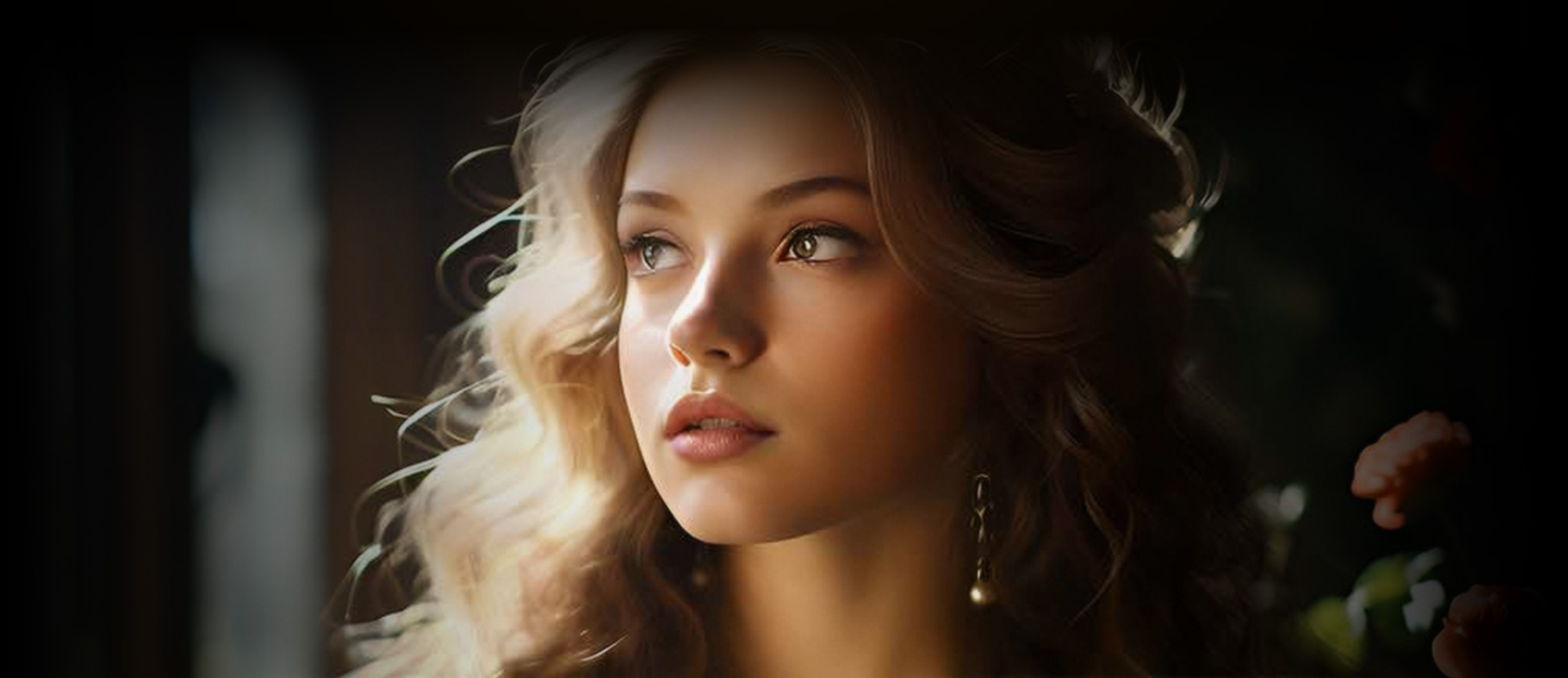
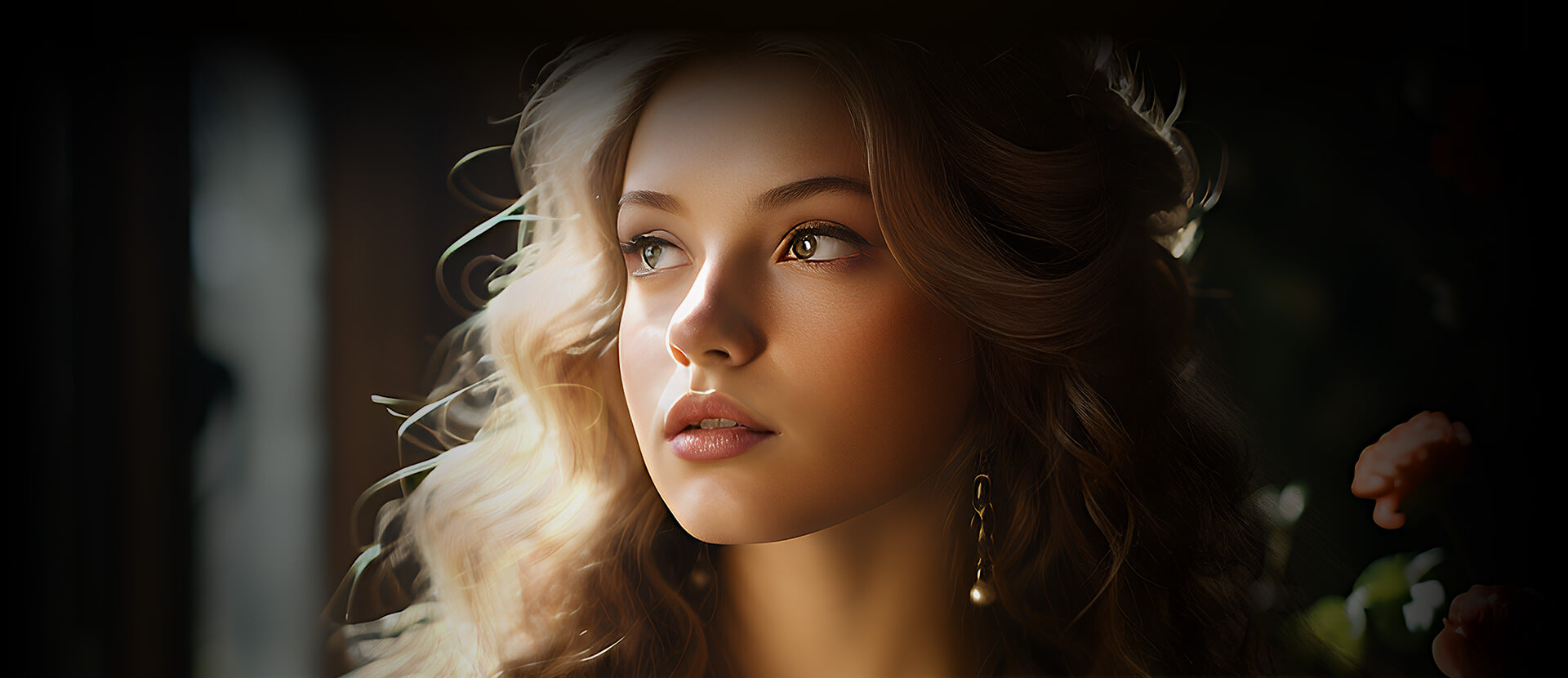
Midjourney vs. Leonardo AI: Pricing and Accessibility
Midjourney offers a range of subscription plans designed to cater to different user needs and budgets. The platform no longer provides a free trial, which means users must subscribe to one of the paid plans to access its features. The pricing structure is tiered, with each plan offering varying levels of GPU hours and additional features.
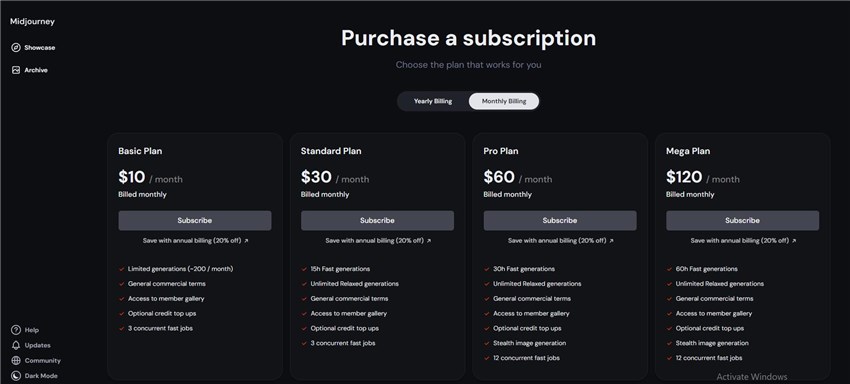
The Basic Plan is priced at $10 per month or $96 per year, providing users with 3.3 hours of fast GPU time per month. This plan is ideal for beginners or those who want to explore the platform without a significant financial commitment. However, it does not include relaxed GPU hours, which means users are limited to the fast GPU time provided.
The Standard Plan, which costs $30 per month or $288 per year, offers a substantial upgrade from the Basic Plan. It includes 15 hours of fast GPU time per month and unlimited relaxed GPU hours. This plan is recommended for most users as it provides a good balance between cost and functionality. The relaxed mode allows users to generate images without worrying about running out of GPU time, although the generation time may vary depending on the queue.
For more intensive users, the Pro Plan is available at $60 per month or $576 per year. This plan includes 30 hours of fast GPU time per month and unlimited relaxed GPU hours. Additionally, it offers access to stealth mode, which allows users to hide their images on the Midjourney gallery website. This feature is particularly useful for professionals who need to keep their work private.
The highest tier, the Mega Plan, costs $120 per month or $1,152 per year. It provides 60 hours of fast GPU time per month and unlimited relaxed GPU hours. This plan is designed for the most demanding users who require extensive GPU resources and the ability to generate a large number of images quickly.
Midjourney also offers the option to purchase additional GPU time at $4 per hour, which can be useful for users who need more fast GPU time than their plan provides. This flexibility allows users to scale their usage according to their needs without committing to a higher-tier plan.
In terms of accessibility, Midjourney's pricing plans are structured to accommodate a wide range of users, from casual hobbyists to professional artists and designers. The tiered pricing ensures that users can choose a plan that fits their budget and usage requirements. However, the lack of a free trial may be a barrier for some potential users who want to test the platform before committing to a subscription.
Leonardo AI also offers a flexible and accessible pricing structure designed to cater to a wide range of users, from casual hobbyists to professional developers.
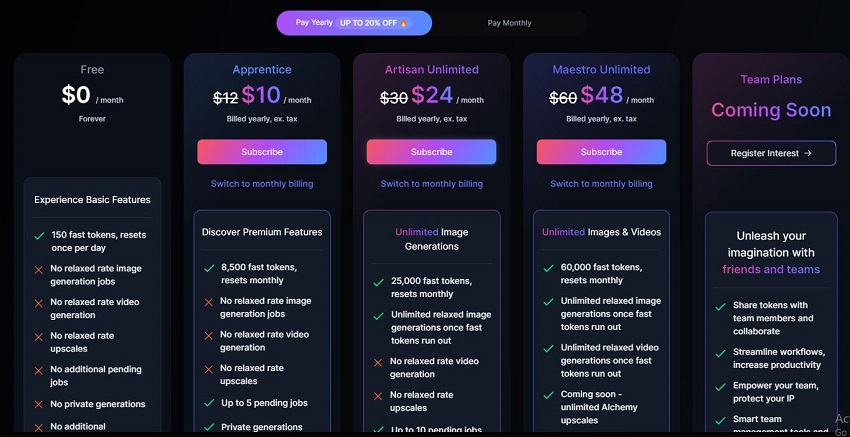
The platform provides a free plan, which allows users to explore its features without any financial commitment. This free tier includes 150 daily tokens, giving users a taste of what Leonardo AI can do, albeit with restricted access to some advanced features.
For those seeking more extensive capabilities, Leonardo AI offers several paid subscription plans. The Apprentice Standard plan is priced at $12 per month or $120 per year and includes 8,500 monthly fast tokens, up to 5 pending jobs, and private image generation. This plan is ideal for users who need more resources than the free plan offers but are not yet ready to commit to the higher tiers.
The Artisan Unlimited plan, costing $30 per month or $288 per year, provides 25,000 monthly fast tokens and unlimited slow image generations. This plan is suitable for more serious users who require a higher token limit and the ability to generate images at a slower pace without restrictions.
For the most demanding users, the Maestro Unlimited plan is available at $60 per month or $576 per year. This plan includes 60,000 monthly fast tokens and unlimited slow generations, making it ideal for professionals and businesses that need extensive resources for their creative projects.
In addition to these standard plans, Leonardo AI offers separate API subscription plans for developers. The API Basic plan costs $9 per month and includes 3,500 API credits, while the API Standard plan is priced at $49 per month and provides 25,000 API credits. For large-scale projects, the API Pro plan offers 200,000 API credits for $299 per month. There is also a customizable API plan for users with specific needs, allowing for tailored solutions.
Midjourney vs. Leonardo AI: Community and Support
Midjourney boasts a vibrant and active community primarily hosted on Discord. This community is a valuable resource for users, providing a space to share creations, exchange ideas, and seek help. The collaborative environment fosters a sense of belonging and support, which is particularly beneficial for those new to AI art generation.
Users can participate in various channels dedicated to different aspects of the platform, from sharing artwork to discussing techniques and troubleshooting issues. The community's active engagement ensures that users can find inspiration, receive feedback, and improve their skills through interaction with fellow creators.
Leonardo AI also has a strong community presence, with over 1 million members across various platforms. The community is centered around friendly interaction, collaboration, and support, encouraging members to create and share using the platform.
Midjourney vs. Leonardo AI: Use Cases and Applications
Midjourney is primarily used for generating high-quality, visually striking images from text descriptions. This capability makes it particularly valuable in several creative and professional contexts:
1. Art and Design: Artists and designers use Midjourney to create unique and imaginative artwork. The platform's ability to produce vibrant, detailed images makes it an excellent tool for generating concept art, illustrations, and digital paintings. Designers can also use it to explore different visual styles and experiment with new ideas.
2. Marketing and Advertising: Marketers leverage Midjourney to create compelling visuals for campaigns, social media posts, and advertisements. The platform's high-quality outputs can help capture audience attention and convey brand messages effectively.
3. Content Creation: Content creators, including bloggers, vloggers, and social media influencers, use Midjourney to generate eye-catching visuals that enhance their content. The platform's ease of use and quick turnaround time make it a valuable asset for producing engaging images on the fly.
4. Education and Training: Educators and trainers can use Midjourney to create illustrative content for teaching materials, presentations, and e-learning modules. The platform's ability to generate detailed and accurate visuals can aid in explaining complex concepts and making learning more interactive.
Leonardo AI offers a broader range of applications due to its advanced customization options and versatility. Its use cases extend beyond art generation to include various professional and technical fields:
1. Game Development: Game developers use Leonardo AI to create assets such as characters, environments, and props. The platform's ability to train custom models and generate high-resolution images makes it ideal for producing detailed and consistent game assets. Developers can also use it to prototype and visualize game concepts quickly.
2. Product Design: Product designers leverage Leonardo AI to create visual representations of new products. The platform's customization options allow designers to experiment with different designs, materials, and colors, helping them refine their concepts before moving to physical prototyping.
3. Business and Organizational Decision-Making: Businesses use Leonardo AI to generate visuals for presentations, reports, and marketing materials. The platform's ability to produce high-quality, professional images can enhance the visual appeal of business documents and support data visualization efforts.
4. Advertising and Branding: Similar to Midjourney, Leonardo AI is used in marketing and advertising to create visually appealing content. Its advanced features allow marketers to tailor visuals to specific campaigns and branding guidelines, ensuring consistency and impact.
5. Education and Research: Researchers and educators use Leonardo AI to create detailed illustrations and diagrams for academic papers, presentations, and educational materials. The platform's ability to generate accurate and high-resolution images can support the communication of complex ideas and findings.
6.Custom Model Training: One of Leonardo AI's standout features is its ability to train custom models using personalized data sets. This capability is particularly useful for professionals who need to generate images that adhere to specific styles or requirements. For example, a fashion designer could train a model to generate clothing designs that match their brand's aesthetic.
Conclusion
In summary, Midjourney is ideal for users seeking a simple, user-friendly platform with vibrant and high-quality outputs, while Leonardo AI is better suited for those who require advanced customization and versatility.
By understanding the specific features, performance, pricing, and community support of each platform, users can make an informed decision and leverage the capabilities of AI art generation to achieve their creative and professional goals.
Whether you are a beginner exploring the world of AI art or a professional looking for robust and scalable solutions, both Midjourney and Leonardo AI offer powerful tools to bring your creative visions to life.